Search Posts
Recent Posts
- Rhode Island Weather for June 1, 2025 – Jack Donnelly June 1, 2025
- To Do in RI: 26th Annual Rose Show of the Rhode Island Rose Society June 1, 2025
- Victory is ours: Victory gardens are blossoming again – Chuck Norris June 1, 2025
- Ask Chef Walter: The problem with “The Best” – Chef Walter Potenza June 1, 2025
- Gimme’ Shelter: Kava is waiting at the Providence Animal Control Center June 1, 2025
Categories
Subscribe!
Thanks for subscribing! Please check your email for further instructions.
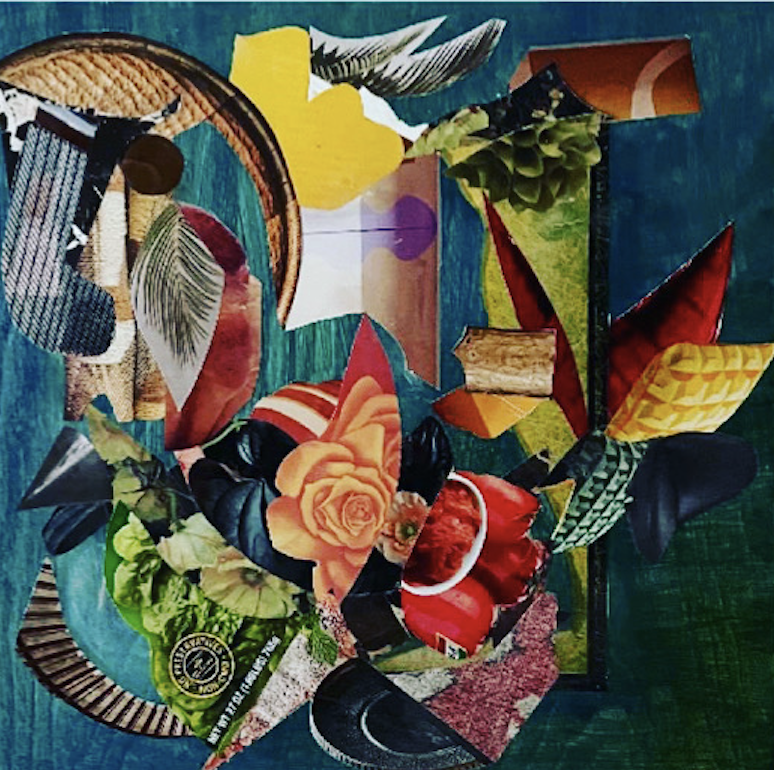
ART! Anthony Salemme, in Putting the Pieces Back Together – Bristol Art Museum
by Nancy Thomas
National Show Featuring Collages and Constructions that Explore Impact of the Pandemic
The Bristol Art Museum today announced the opening of a new, national juried exhibit comprised of artwork from across the country, Putting the Pieces Back Together, opened on February 12th and running through Friday, April 1st. An artist reception will be held on Thursday, March 10 from 5:30 to 7:30 p.m. The exhibit features a collection of collages and constructions that express the idea of putting life back together in response to the global COVID-19 pandemic.
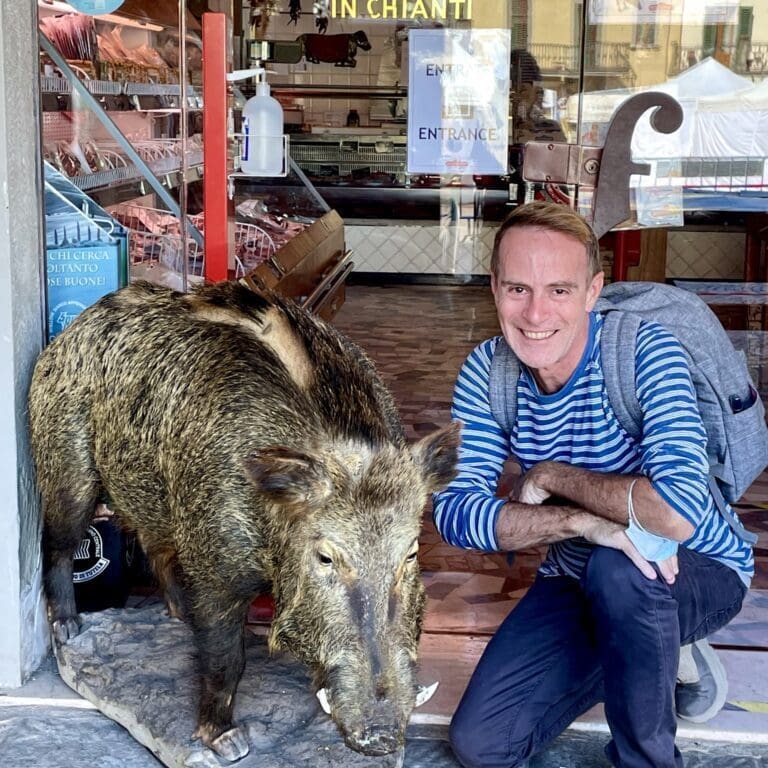
Anthony Salemme, a Providence artist, is featured on Thursdays in RINewsToday, with his recipes of unique combinations of food, celebrating an international flair on American cooking. He has 2 collages in this national show, chosen out of 430 entries.
His entries are: Mixed Greens and Mixed Green Salad, each 12”x12” on Birch Panel
“With interest from artists across the country, this national exhibit of collage and construction invited artists to express themselves about the impact of the pandemic,” said the Museum’s Exhibition Curator, Mary Dondero. “Artists were invited to cut, rip, layer, and paste, re-contextualize, digitally stitch, create and build art from fragments that suggest new narratives, explore human relationships that reveal coded memories, dreams, or desires. The result is a collection of unique pieces that document the pandemic from several perspectives representative of many geographic locations throughout the country.”
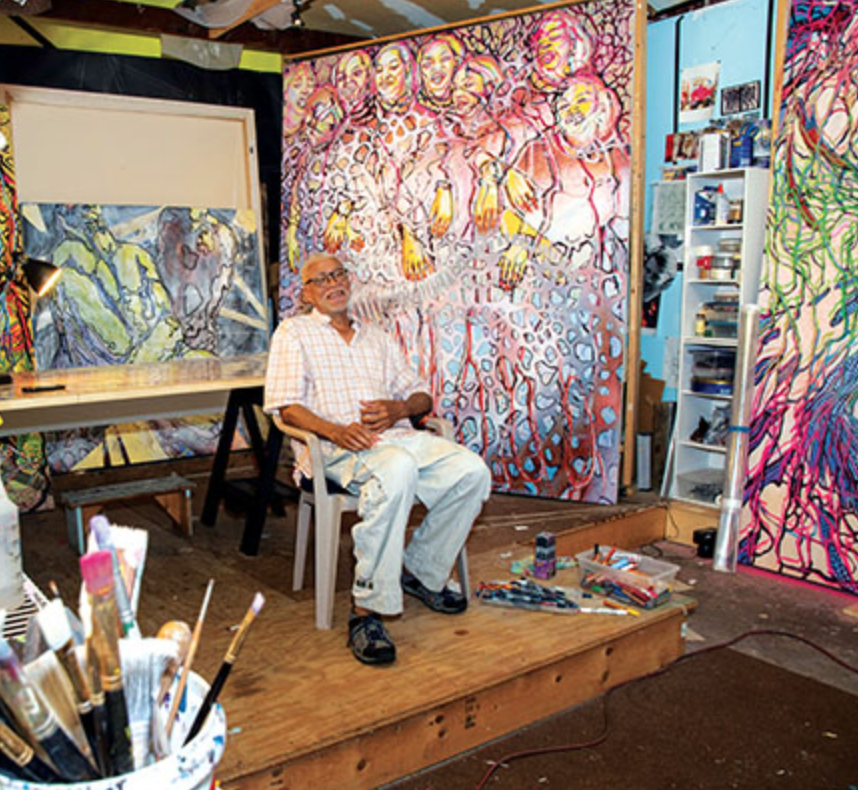
University of Rhode Island Professor of Art Bob Dilworth served as juror for the national exhibit.
“This national call not only provides an opportunity to highlight the practice of these disciplines, but it also gives expression in a time of challenge and defiance to what we have come to term ‘the new normal,’” said Prof. Dilworth. “It is encouraging to see how creativity reflects real life as artists compose, build and construct with whatever materials are at hand – fabric, paper, metal, rope, wire, or nails; as they reorganize, readjust, acclimate, reorient and reacquaint themselves to this unique moment. In this regard, each work in the show is a triumph.”
Prof. Dilworth received his Bachelor of Fine Arts from the Rhode Island School of Design in 1973 and his Master of Fine Arts from the School of the Art Institute of Chicago in 1976. Currently he teaches painting, drawing, design, and African American Art History at the University of Rhode Island. His work and academic contributions have been recognized by the Rhode Island Foundation and the University of Rhode Island Research Council. Prof. Dilworth’s art has been reviewed regularly in the New England press as well as in Florida, New York, Virginia, Illinois, Minnesota, Missouri, and Texas. His work is widely collected, from the Museum of Art, Rhode Island School of Design, Providence, to the Fairmont Hotel Corporation, San Francisco. A recipient of the 2014 Rhode Island Council for the Arts Painting Fellowship, he is also a Board member of the Newport Art Museum.
Salemme said, “My inspiration for this series comes from a collection of conscious and subconscious thoughts, observations and influences during Covid and of travel in densely forested areas of the Caribbean and South and Central America.
The flora, fauna, human and animal forms that are common in my abstract jungle landscapes are “fractions” of what I see in my mind’s eye.
There are many layers to each painting as there are many layers in life, the unidentifiable surfaces and intersecting lines slowly unfold as the painting progresses to being complete. Some of the images are distinct to the viewer while others reveal themselves more slowly.
Throughout each painting and collage, I feel more connected to who I am and my surroundings.
The process involves some strong decisive lines to form a vague familiar form, location and season. Through travel and everyday life, I experience great anticipation to see extraordinary places and things in a new context.”
“Collage, assemblage and constructions were widely used in the 20th century and continues today, as this exhibition will attest,” added Prof. Dilworth. “Putting the Pieces Together, is by no means a definitive statement but, as mentioned before, a snapshot; intended to spark conversations around building art from fragments of our lives in unfamiliar times. It is meant to explore how art may provide a path to new relationships in a period when social distancing has become the standard. And it is determined to suggest new narratives when all others seem exhausted in this era of uncertainty.”
We’re All in This Together, a community exhibit featuring photographs of artists’ expressions of life during the COVID-19 pandemic on view at the Rogers Free Library complements the Putting the Pieces back Together exhibit. Nearly 100 images were submitted for consideration, with 64 selected. Artists were invited to submit photographs for consideration that were taken between 2020 and 2021 that express an aspect of their experience in the midst of, or as we emerge from, the global pandemic. The exhibit is now on view until Wednesday, March 23.
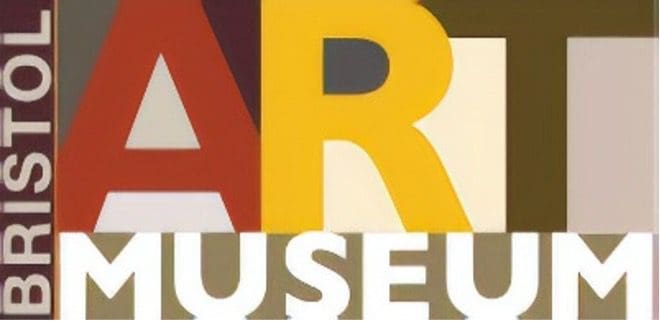
Founded in 1963, the Bristol Art Museum encourages the creation, promotion, and appreciation of the arts through rotating exhibitions and educational opportunities. Community outreach programs and partnerships are central to our goal of engaging diverse audiences in the arts of our time. The Museum aims to enrich the cultural life of the community and region through eclectic exhibitions and educational programs, and to be an accessible community resource for future generations.
_____
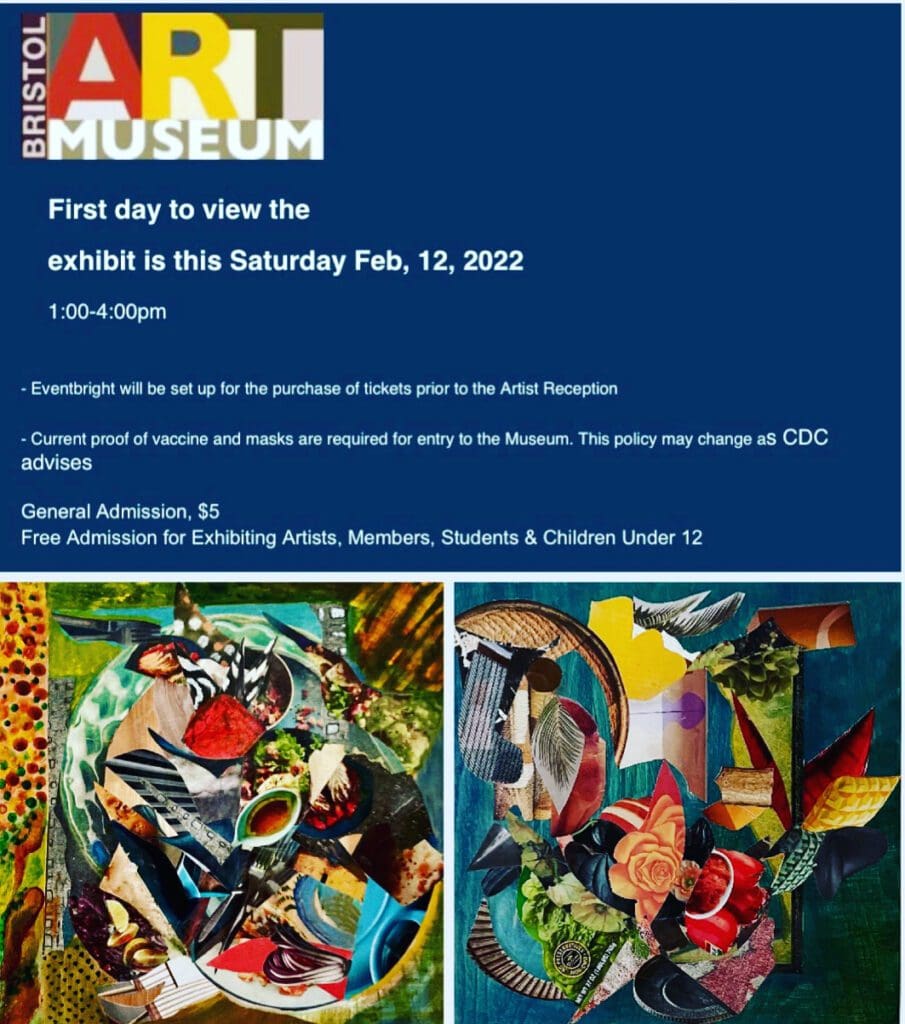

___
ART! is sponsored by….

